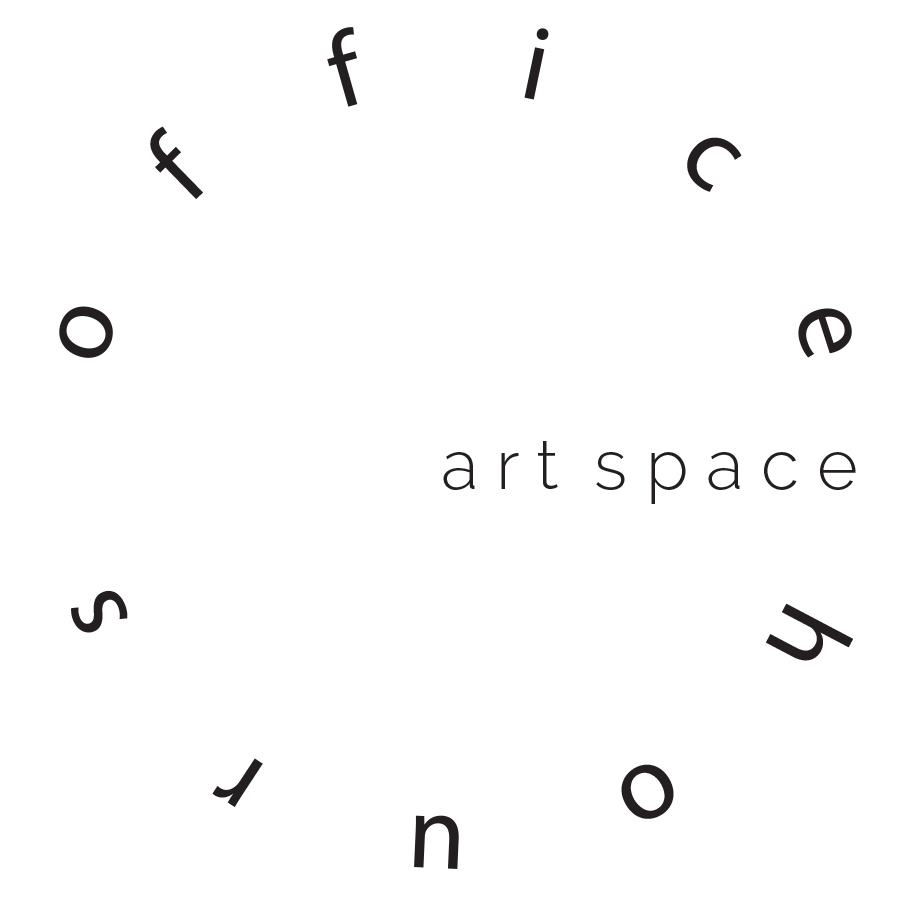cartographic
![]()
![]()
![]()
![]()
![]()
![]()
![]()
![]()
![]()
![]()
![]()
![]()
![]()
![]()
![]()
![]()
![]()
![]()
![]()
![]()

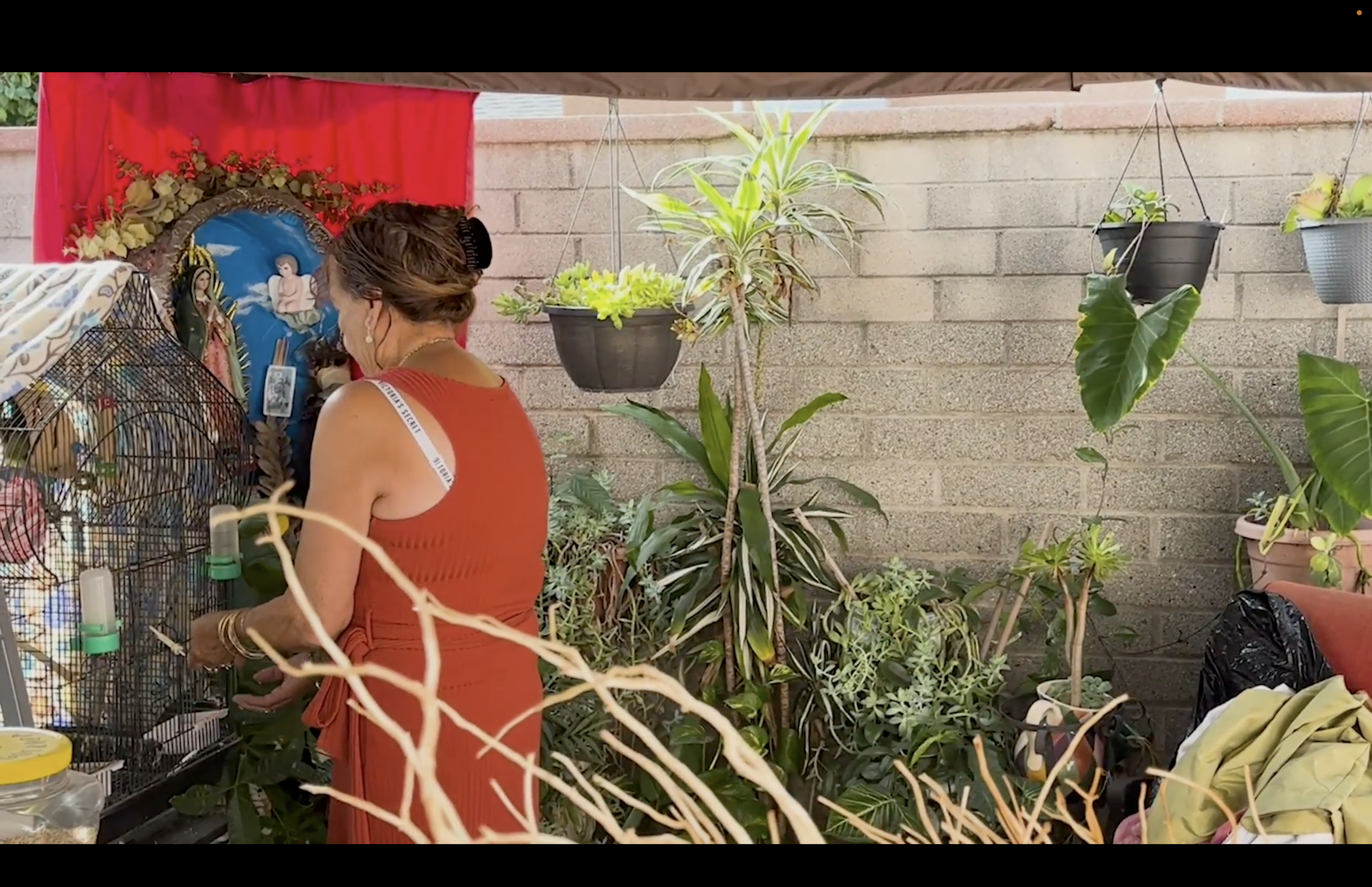





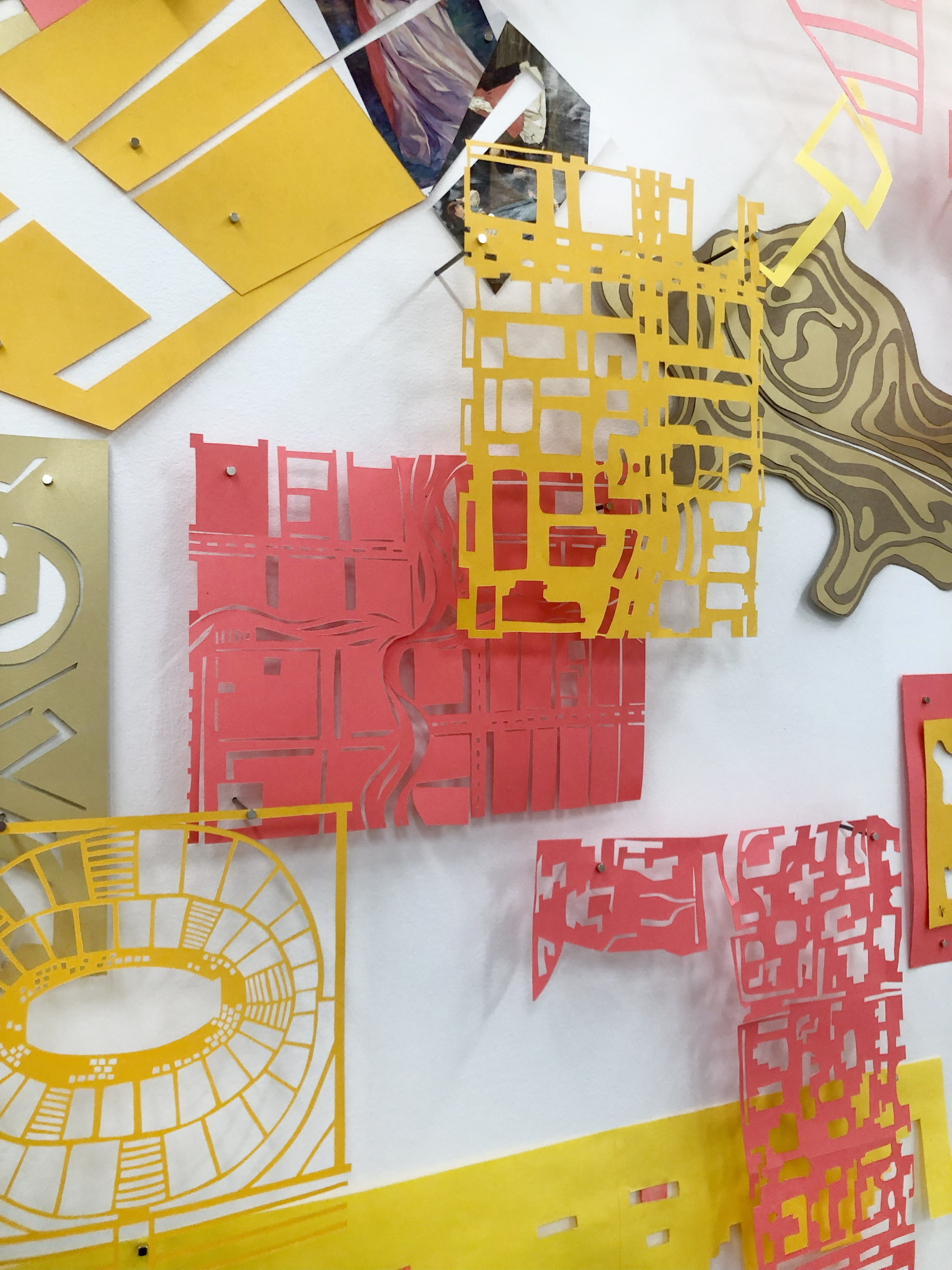


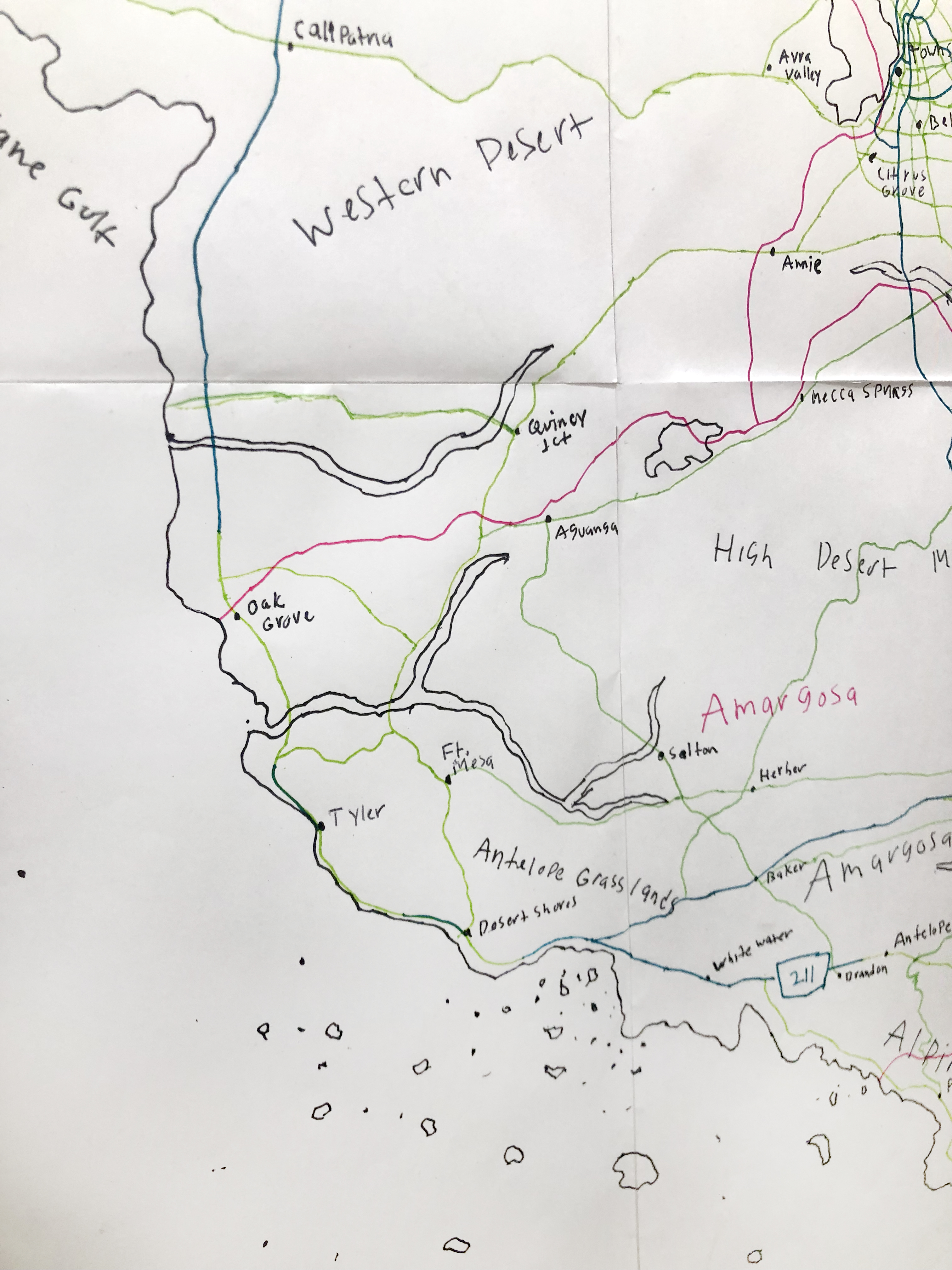



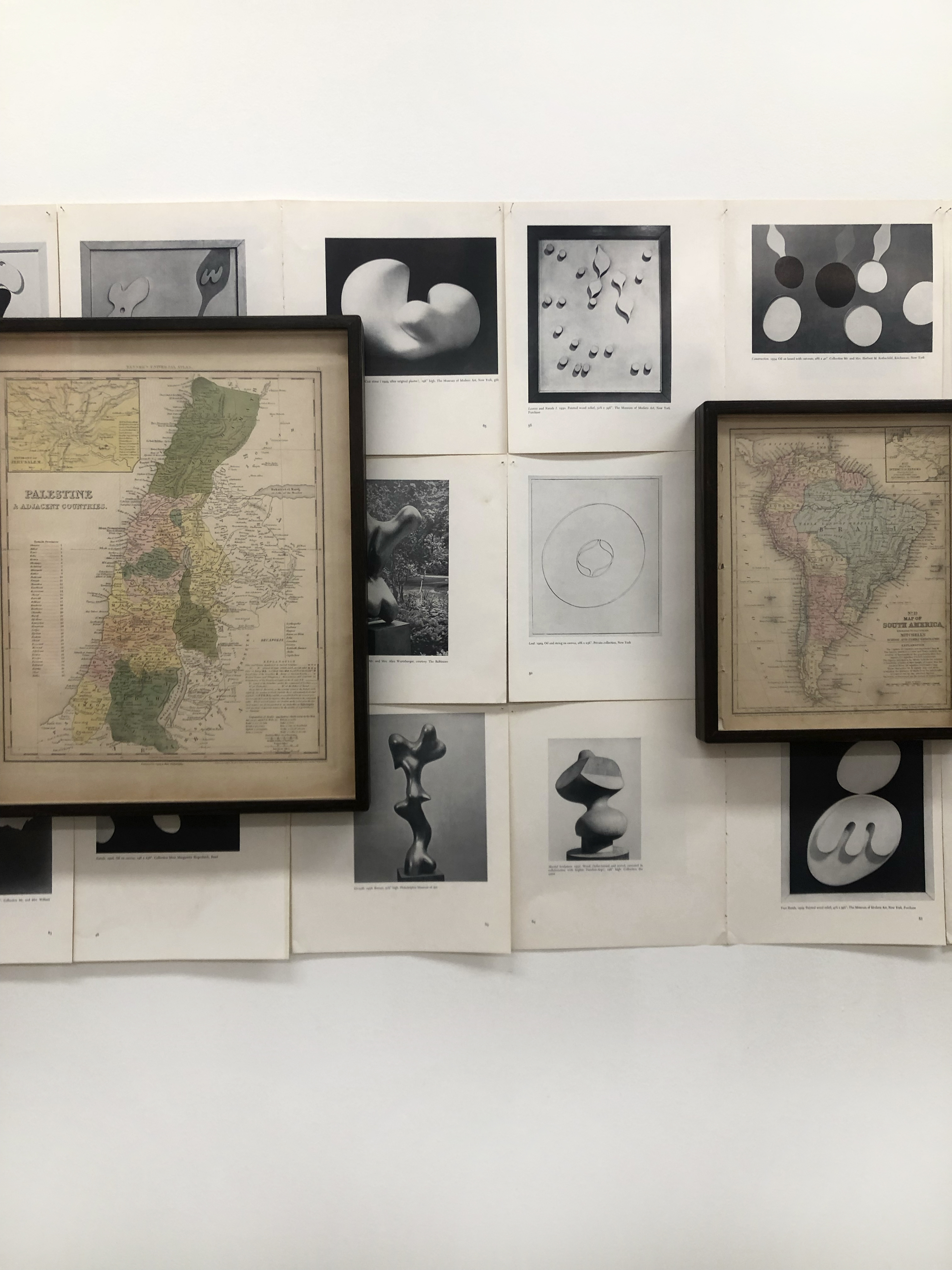


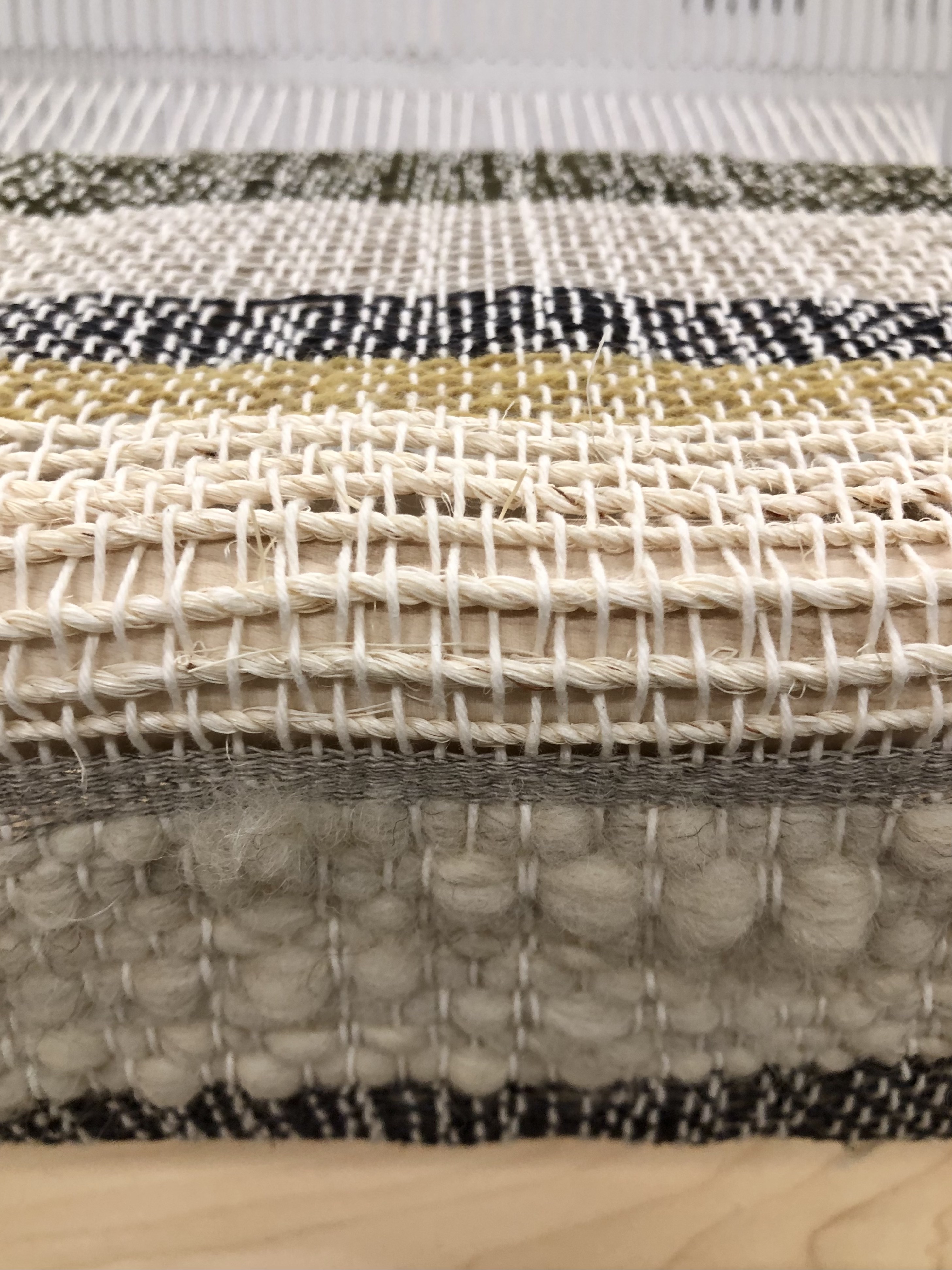


November 14 2024 - March 1 2025
Opening November 14
5:00pm - 7:00pm
16502 Collective
Mark Gonzalez
Mona Kareem
Julia Masvernat
Myriad of Us Collective
Yadira Pérez
Ignacio Pérez Merhuane
Cartographic features works on paper, installation, sculpture, textiles, video, drawing and poetry.
Myriad of Us Collective are: Ana Angel, Valeria Arreola Lara, Isaac Covarrubias, Dempsey Craig, Maritza Emigdio, Crystal Falk, Christian Flores, Emely Flores, Amber Galvez, Lluvia Granados, Ricardo Gutierrez, Nathan Herrera, Mary Julienne, Brian Loaiza, Ruby Mexicano, Michael Morales, Jessica Ortega, Art Roberts, Jasmine Sinsay, Jesus Tamayo, Elizabeth Vasquez-Cerda, Cindy Velasquez, and Frankie Williams
16502 Collective are: Samantha Balderrama, Edith Delgado, Ximena Fernandez, Olivia Givens, Fátima Gutierrez-Pina, Bryanna Hernandez, Bre Holmes, Senya Li, Mitani Medina, Jillian Miranda, Mary Peterson, Gloria Resendiz, Kiara Ulale, Sergio Velasco, and Megumi Watanabe
Cartographic
“Every Map Is Political.”
I approach this exhibition from the South of the American continent, and add my own map to the constellation. I find a network of voices that traverse continents and borders: South America, Palestine, Mexico, United States, Argentina, Kuwait. For years I've been collecting maps, infographics, diagrams, images that connect things. Drawings that symbolize flows between territories, physical or virtual. Each map reveals a lot about the person who draws it, not just about the territory represented. Meanwhile, Google Maps aims to offer an official narrative, a finished version of the world. It's just another narrative.
How do we construct our other cartographies? "It seems there's a private party of gods / sipping the juice of the land / beneath the battlefield," writes Mona Kareem.
What does a map tell us with the things it omits? What are its gaps and tunnels? The Bidoon poet Mona Kareem is unable to return to her homeland. Her poem "Cities Dying Every Day" is a journey through "This rupture of time-place-memory-language," She writes, "is an art shared among migrants, who cannot simply continue across geography." I celebrate the gathering of these works in a space like Office Hours because it fosters the encounter between artists from diverse backgrounds and journeys, bringing them into conversation. Each work presents territories that its authors know personally or through stories. Some are traversed by them; others are inaccessible, others invented. Yadira Pérez portrays the choreography of the tranquil dance in her grandmother's domestic life, exalting her relationship with nature. An intimate conversation through the camera, which allows her to look up close and look from afar at the same time. Two generations meet.
Are there memories that overpower others? A map is a story. How do we make the weakest stories become stronger, and the strongest ones become weaker? Ignacio Pérez Merhuane's work chooses to place South America and Palestine on a quilt of modern artworks. These are two maps and an art catalog published the same year in the United States. The author's montage of these images instantly restores the history and present of these territories. 16502 Collective shares the learning process of an ancient craft: weaving on a loom. They recover an ancestral craft to incorporate it into their contemporary artistic practices. To pass the red thread of experience from one hand to another, they revisit a legacy of cultures that developed this technique. The preparation of the wool, the dyeing, the construction of the device. They weave a new map.
Myriad of Us Collective invents a new territory, constructed by a superposition of individual productions: the enjoyment of power in numbers. In a territory made of fragments and memories, some bring their everyday spaces—the neighborhood, the house, the city they live in, or the city they miss. They build a possible future. A beautiful and necessary task to undertake in the context of a devastated world. The new space expands beyond the sum of its parts. Just as language creates reality, the map creates territory. Mark González uses the graphic languages of cartography to create maps, inventing a new territory with highways, rivers and lakes, cities and deserts, and islands. He mocks conventions, deforms and superimposes what exists on other maps, and creates an imaginary continent: Map of the Lost Region.
“I will not fold these maps; / it might dent my country’s nose, / prompting a raid on all our pockets / for emergency plastic surgery,” writes Mona Kareem.
And finally, I present my map. It looks like a drawing cut with a knife, torn from a piece of land. It represents Parque Centenario, in Buenos Aires, Argentina. The park was built in 1910 to commemorate the centennial anniversary of the May Revolution of 1810, the moment when Argentina gained independence from Spain, becoming a sovereign country.
I propose to never stop drawing maps, in order to allow the truth that seems to lie beneath what we know, to emerge.
Julia Masvernat
Buenos Aires, May 2025
